Women were banished to the sidelines of most Australian sports in the 19th century but they began to make their mark as competitive swimmers at the turn of the 20th century. However, this was a time when swimming was carefully segregated, surf bathing was prohibited during daylight hours and men and women ordered to bathe at different times so that their bodies remained obscured from the opposite sex.
When do you think men and women / boys and girls, started to swim together at the Spit baths? My answer will come soon…
The Sydney Ladies Swimming Club began in 1901 and 4 years later there were another 5 ladies clubs with a total of 300 members. By 1910, membership had trebled to 900 1. While female athleticism and muscularity was frowned upon, women’s swimming ‘was promoted by the press, encouraged at schools, and given continuing sanction by the medical and moral guardians2.’
Here are female pupils at Redlands school enjoying their annual swimming carnival at the Spit Baths in 1915. Redlands’ first annual carnival was held at the Baths in 1912, and continued there until the 1940s. This is the earliest picture I have found of the Baths so far (thanks to Gergaynia Shelley, nee Beckett, and Marguerite Gillezeau, Redlands Archivist). It is taken from the private collection of Miss Mabel Roseby, Deputy Headmistress of Redlands and sister to Miss Amy Roseby, Principal from 1911-1945 3.
Mina Wylie and Fanny Durack’s success at the 1912 Olympics (the first Games that female swimmers were allowed to compete at) encouraged many more women to take up the sport4. Mina’s father Harry trained both young girls at his famous pool in Coogee. Fanny won Australia’s first female Olympic gold medal for the 100m freestyle race in Stockholm, Mina won the silver. Fanny was one of the first swimmers to adopt the crawl technique as well as the one-piece bathing suit for women. She retired from competitive swimming in 1921 (after illness prevented her from competing at the 1920 Olympics) but she remained pivotal to women’s swimming in Australia. Edna Davey revered her as a role model. They were both ‘strong-willed girls’ who remained passionate about swimming throughout their long lives. The two became firm friends.
Edna grew up in Mosman, her father Thomas migrated from England as a young boy and worked as a policeman in North Sydney. Her German mother Emily worked as a community nurse and the family settled in Whaling Road. Edna, along with her two younger sisters Phyllis and Dot, learned to swim from an early age. Edna ‘burst into the limelight’ of Australian swimming as a teenager with world record times and became the Spit Ladies champion in the mid-1920s 5. She drew crowds of onlookers to the Baths. She was one of 4 women out of a team of 18 who was selected to represent Australia in the 1928 Olympics. She was almost prevented from attending because she had no chaperone to accompany her and few funds to support her long trip. She did make it but regrettably returned home from Sweden without a medal. There is no doubt, however, that she learned from Fanny how to challenge the gendered segregation of swimming. Edna’s granddaughter Heather recently shared her memories of Edna with me, in her Blue Mountains’ home. She told me that Edna adored ‘gentlemanly attention’ and was married twice, at a time when families were still scandalized by divorce. She retired from competitive swimming briefly when she married Ron Eaton (a local rugby and cricket player as well as a Salvation Army major) in 1930. But she returned to swimming in 1931 after the birth of her first son Norman. Her mother helped to care for him when she travelled to competitions. According to her husband, Edna ‘grew tried of the regularity of married life and was always remarking that she preferred to return to competitive swimming’6. Following the failure of her first marriage, Edna moved in with her parents and Emily minded Norman so that she could continue to swim competitively. Edna took enormous pride in her swimming achievements. Her chance to compete at the Olympics remained the highlight of her life. Swimming was what she missed most, along with her looks, as she aged.Her talent and glamour are on display in this Australian Screen Online clip of her racing with Jean Cocks at Bondi in 1931.
Edna was full of life and she liked to party, as did her second son Graham Hamilton, who also became a member of the Spit swimming club. Better known as ‘Horse’, he shared his mother’s swimming talents and represented Australia in the 1956 Melbourne Olympics. There is much more to tell about Edna but perhaps others have more memories to share of either Edna or Graham?
You can learn more about women swimmers at the 1912 Olympics from this wonderful ABC Radio National Hindsight program Anzac Mermaids:
The program was first broadcast on ABC Radio National, 18th February 1996. It won a Gold Medal in the New York Radio Festival awards and features Cate Blanchett as Fanny Durack before she became a Hollywood star.
- M.Phillips Swimming Australia: One Hundred Years, University of New South Wales Press, Sydney, 2008, p. 17 ↩
- V.Raszeja, ‘A Decent and Proper Exertion: The Rise of Women’s Competitive Swimming in Sydney to 1912, Sydney, 1992, p. 58. ↩
- Miss Mabel Roseby Collection, Series 301 and 307, Special Collections, Redlands School Archives) ↩
- http://adb.anu.edu.au/biography/wylie-wilhemina-mina-15656; http://adb.anu.edu.au/biography/durack-sarah-fanny-6063 ↩
- Evening News, 20 Jan 1928, p. 3 ↩
- Narandera Argus and Riverina Advertiser, 10 Nov 1933, p. 6 ↩
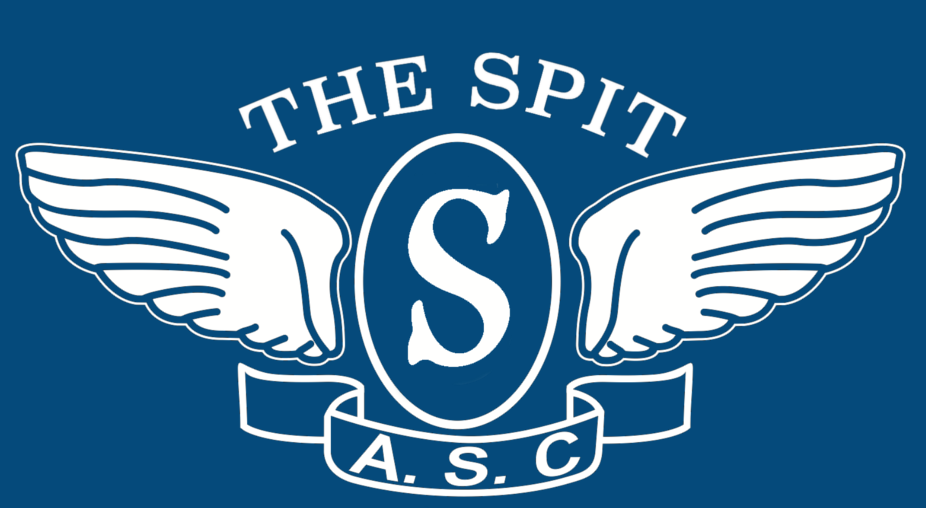

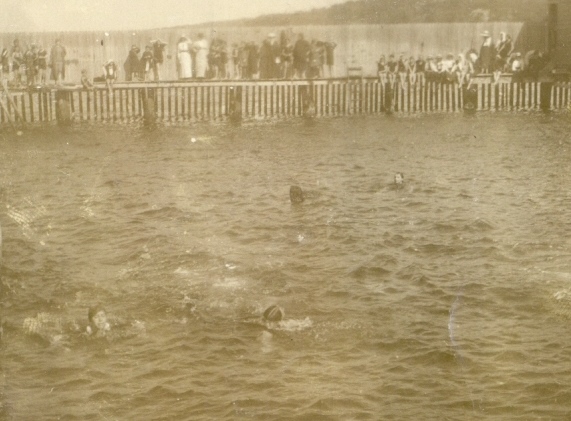
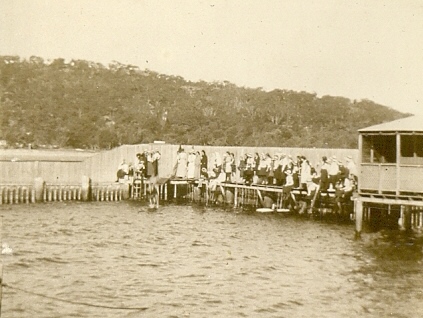
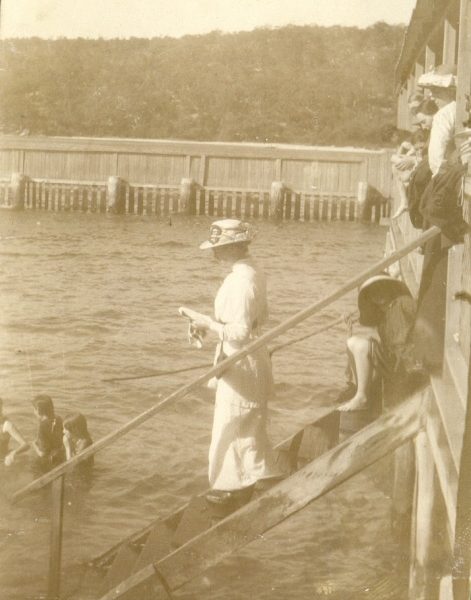
![Edna Davey and Fanny Durack - State Library of New South Wales [30001].](https://spitswimclub.files.wordpress.com/2014/08/hood_30001r.jpg?w=529)
![Edna Davey 1930s – State Library of New South Wales [30004]](http://spitswimclub.org/wp-content/uploads/2014/10/hood_30004r.jpg?w=529)
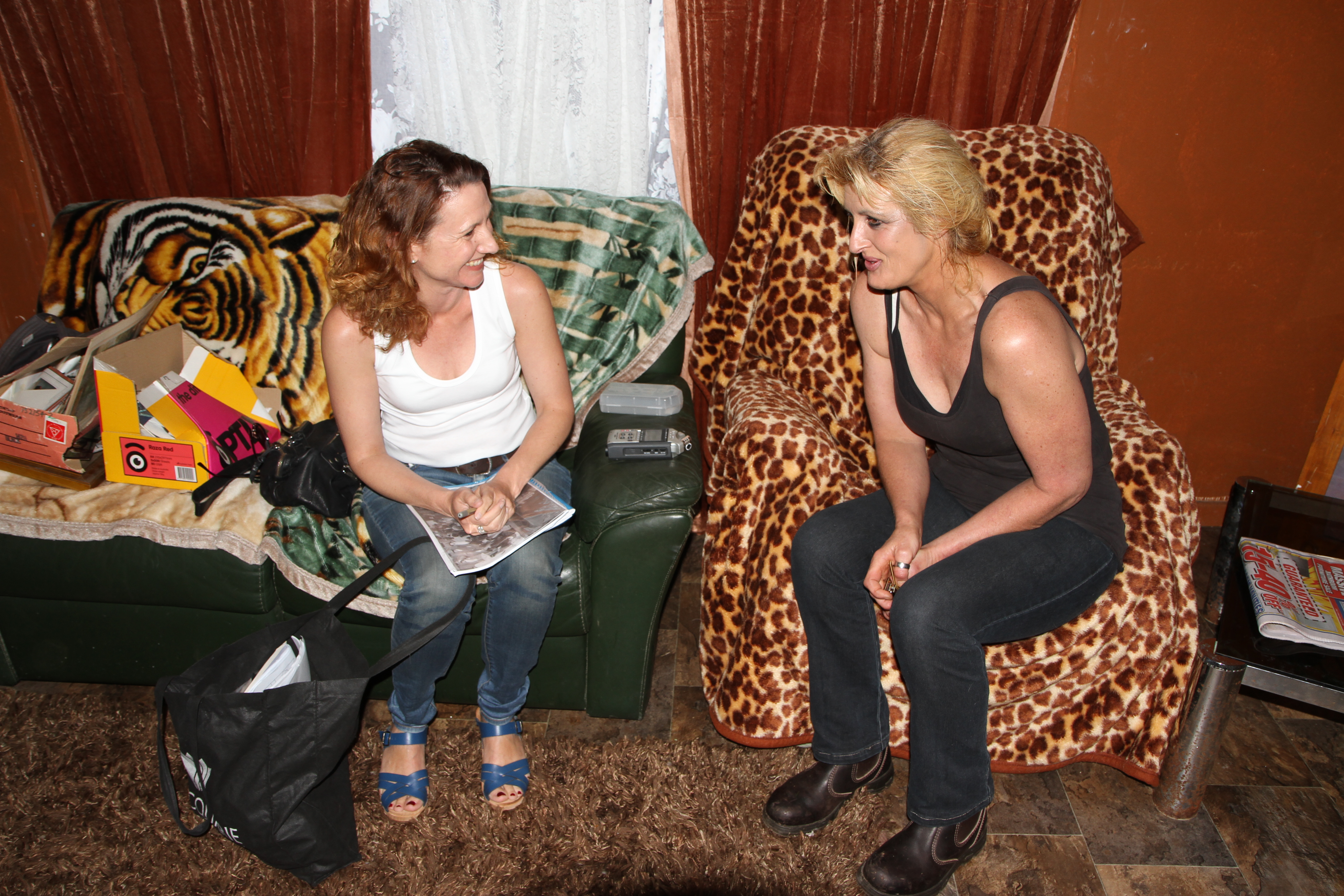
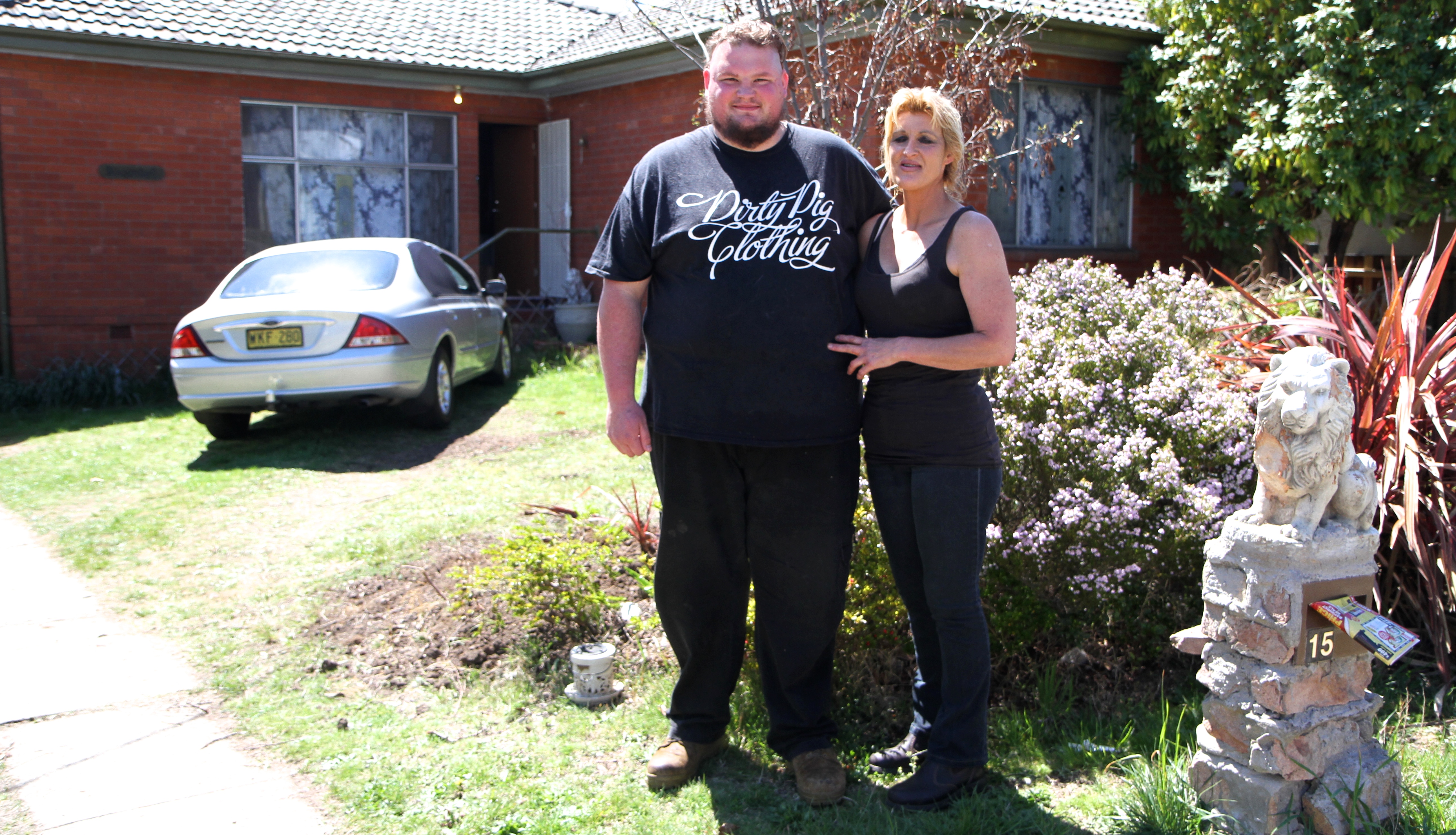
8 Comments. Leave new
[…] The Spit Swimming Club. (2014, October 20). The Spit Club’s first Olympian. Retrieved 2014, from The Spit Swimming Club ~ Balmoral Beach Baths: http://spitswimclub.org/2014/10/20/the-spit-clubs-first-olympian/ […]
[…] The Spit Swimming Club. (2014, October 20). The Spit Club’s first Olympian. Retrieved 2014, from The Spit Swimming Club ~ Balmoral Beach Baths: http://spitswimclub.org/2014/10/20/the-spit-clubs-first-olympian/ […]
[…] The Spit Swimming Club. (2014, October 20). The Spit Club’s first Olympian. Retrieved 2014, from The Spit Swimming Club ~ Balmoral Beach Baths: http://spitswimclub.org/2014/10/20/the-spit-clubs-first-olympian/ […]
I knew Edna around 2000 , not long before she passed away. She always had great stories to tell about her time as an olympian. She blamed her lack of success at Amsterdam on the sea voyage over to Europe. Lack of effective organised training on the journey and the food available on board meant she put on too much weight to be competitive when she arrived in Europe.She told me that she made friends there with Buster Crabbe and Johnny Weissmuller, who both became Hollywood stars after their swimming careers. An unforgettable lady.
Thanks for your note – always lovely to hear from people who have connnections with the club and past members!
Dear D Wang, Can you recall exactly when she passed away? Her date of death remains a gap in our Olympic history. Thank you David
Tarbotton
I’m the current secretary of the Spit Swimming club And have been asked by the Olympic Federation if we can find out the date of Edna Davey’s death would you know that if so could you let me know thanks Kerrie Osborne
Can anyone assist me with any information about when Edna Davey passed away? I am compiling a database of Australian swimming champions and have been unable to confirm this information. Kind regards, David Clark david@allsportsresearch.com